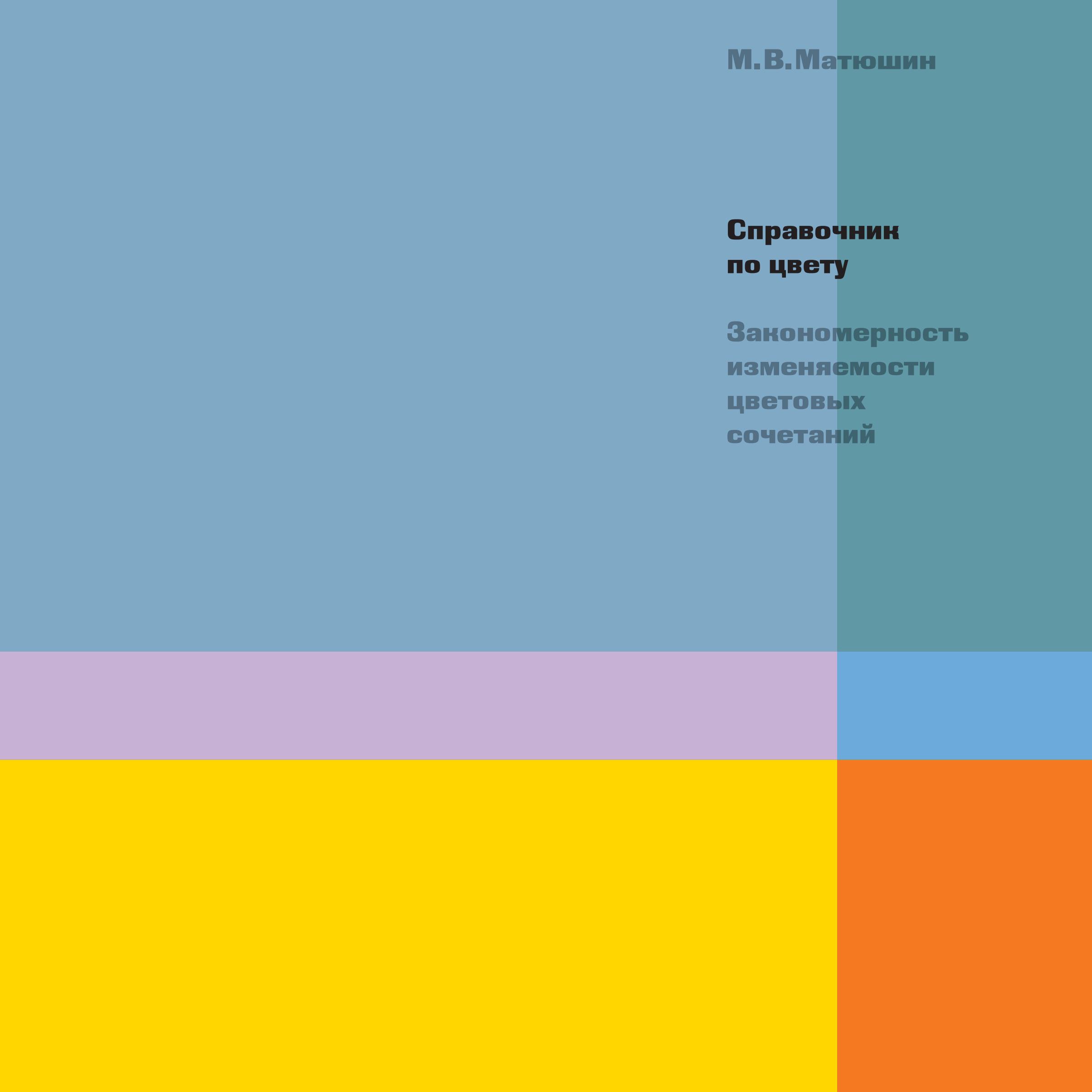Kim Knowles: Experimental Film and Photochemical Practices (2020)
Filed under book | Tags: · body, colour, expanded cinema, experimental film, film, film sound, installation, materialist film

“This book assesses the contemporary status of photochemical film practice against a backdrop of technological transition and obsolescence. It argues for the continued relevance of material engagement for opening up alternative ways of seeing and sensing the world. Questioning narratives of replacement and notions of fetishism and nostalgia, the book sketches out the contours of a photochemical renaissance driven by collective passion, creative resistance and artistic reinvention. Celluloid processes continue to play a key role in the evolution of experimental film aesthetics and this book takes a personal journey into the work of several key contemporary film artists. It provides fresh insight into the communities and infrastructures that sustain this vibrant field and mobilises a wide range of theoretical perspectives drawn from media archaeology, new materialism, ecocriticism and social ecology. ”
Publisher Palgrave Macmillan, 2020
ISBN 3030443094, 9783030443092
xv+255 pages
PDF (removed on 2020-11-5 upon request from author)
Comment (0)Mikhail Matiushin: Colour Handbook (1932/2007) [Russian]
Filed under book | Tags: · avant-garde, colour, perception, theory

Mikhail Matiushin (1861-1934), a Russian composer and painter, studied physiology of human senses and developed his own concept of the fourth dimension connecting visual and musical arts, a theory that he put to practice in the classrooms of Leningrad Workshop of SVOMAS and GINKhUK (1918–1934) and summarized in his work 1932 Spravochnik po tsvetu [Colour Handbook].
“In Leningrad in the 1920s intensive colour research was made at GINKhUK “State Institute of Artistic Culture” where Kazimir Malevich was headmaster. In the ‘laboratories’ of form and colour a foundation for a union of art, science and practical application was developed. The ‘Department of Organic Culture’ was supervised by Matiushin.
By some miracle or oversight, Matiushin’s Colour Handbook passed censorship. Four hundred copies were published in Moscow and Leningrad in 1932, the same year that the Central Committee of the Communist Party took measures to centralise all art organisations. With Marxist-Leninist materialism as the only accepted method, Matiushin was obliged to express himself in terms of physics, physiology and chemical processes in the body in order to be politically accepted.
The fundamental concepts of Matiushin’s theory were ‘Organic Culture’ and ‘Spatial Realism’, which were also the names of the workshops he supervised as a ‘red professor’. Here Matiushin developed a training programme together with his students, including yoga, meditation and various exercises conceived to ‘create and develop the artist’. These new physical possibilities of perception were called ‘extended’ or ‘amplified vision’ which did not only include the eyes, but was expanded to involve hearing, tactility, and thinking – in short, a kind of conscious synaesthesia.
With a panoramic visual angle of 360° producing a new spatial reality of the fourth dimension, colours would emerge more intensely than in our normal, physical world. With untrained eyes a stone, for example, would seem ‘dead’, immobile, static. In the fourth dimension, however, it should be possible to see the low frequency waves of solid materials such as stones and minerals. With cars at one speed, people at another, trees growing at yet a third speed, to the untrained eye, the world seems scattered and fragmented. For those who could apply the extended vision however, the whole world would, from an ontological perspective, appear completely different, with all links and connections organically unified.
The Handbook is illustrated with thirty, handmade colour charts, each of them showing a combination of three different colours. Perception of the interconnection between colours was stressed rather than individual colours in isolation.
The book was but a small percentage of the work on colour vision Matiushin produced during his lifetime. After his death, his findings were stored away in archives and were largely forgotten as a result of the political circumstances in which they were conceived.” (Margareta Tillberg, 2001)
An English translation under the title “The Laws Governing the Variability of Colour Combinations: Colour Manual” appeared in Margareta Tillberg’s book Coloured Universe and the Russian Avant-Garde. Matiushin on Colour Vision in Stalin’s Russia, 1932, Stockholm University, 2003, pp 345-376.
Справочник по цвету. Закономерность изменяемости цветовых сочетаний
First published in Moscow/Leningrad, 1932
New edition D. Aronov, Moscow, 2007
ISBN 9785940560164
72 pages
via Tehne.com
Commentary: Bulat Galeyev (Leonardo, 2005).
Comment (0)Vanja Malloy (ed.): Intersecting Colors: Josef Albers and His Contemporaries (2015)
Filed under catalogue | Tags: · art, art history, colour, theory

“Josef Albers (1888–1976) was an artist, teacher, and seminal thinker on the perception of color. A member of the Bauhaus who fled to the U.S. in 1933, his ideas about how the mind understands color influenced generations of students, inspired countless artists, and anticipated the findings of neuroscience in the latter half of the twentieth century.
With contributions from the disciplines of art history, the intellectual and cultural significance of Gestalt psychology, and neuroscience, Intersecting Colors offers a timely reappraisal of the immense impact of Albers’s thinking, writing, teaching, and art on generations of students. It shows the formative influence on his work of non-scientific approaches to color (notably the work of Johann Wolfgang von Goethe) and the emergence of Gestalt psychology in the first decades of the twentieth century. The work also shows how much of Albers’s approach to color—dismissed in its day by a scientific approach to the study and taxonomy of color driven chiefly by industrial and commercial interests—ultimately anticipated what neuroscience now reveals about how we perceive this most fundamental element of our visual experience.”
With contributions from Brenda Danilowitz, Sarah Lowengard, Karen Koehler, Jeffrey Saletnik, and Susan R. Barry.
Publisher Amherst College Press, Amherst, MA, Sep 2015
Creative Commons 4.0 CC-BY-NC-ND License
ISBN 781943208012 (Ebook), 9781943208005 (Print)
vi+99 pages

